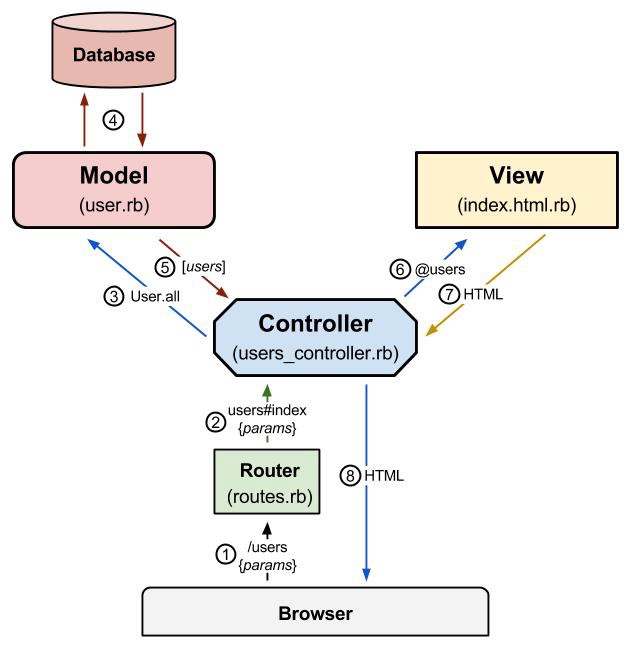Blitz News Digest
Stay updated with the latest trends and insights.
Rails and Sass: A Love Story for Developers
Discover how Rails and Sass unite to create stunning web experiences. Dive into this love story that'll ignite your developer passion!
5 Reasons Why Rails and Sass are the Perfect Match for Your Web Projects
When it comes to building modern web applications, Ruby on Rails and Sass make an unbeatable pair. Here are five reasons why:
- Efficiency: Rails is known for its convention over configuration philosophy, allowing developers to create applications quickly. Sass enhances this efficiency by enabling developers to write cleaner, more maintainable CSS with its powerful features like nesting, variables, and mixins.
- Rapid Prototyping: With Rails' scaffolding and Sass's ability to streamline stylesheets, teams can iterate designs rapidly. This acceleration in development leads to faster marketing times while maintaining high-quality code.
- Collaboration: Rails promotes a structured environment, which is complemented by Sass's organization of CSS. This synergy aids team collaboration by making it easier to manage styles across various components, resulting in a cohesive application.
- Responsive Design: Using Sass, developers can efficiently implement responsive design through media queries and the use of mixins. This capability integrates seamlessly with Rails' mobile-friendly frameworks, ensuring your application looks great on any device.
- Community Support: Both Rails and Sass boast vibrant communities and extensive resources. This backing provides developers access to a wealth of libraries, tools, and plugins, further enhancing the capabilities of web projects.

How to Seamlessly Integrate Sass with Your Rails Application
Integrating Sass with your Rails application can significantly enhance your styling capabilities and improve code maintainability. To get started, ensure that you have the Sass gem included in your Gemfile. You can do this by adding gem 'sass-rails' and running bundle install. Once the gem is installed, you can create your Sass files in the app/assets/stylesheets directory. By convention, Sass stylesheets use the .scss or .sass file extension, which allows you to utilize features like variables, nested rules, and mixins, helping you to streamline your stylesheets.
After you've set up your Sass files, you can integrate them seamlessly into your Rails views. Simply import your Sass files into your main stylesheet using @import 'your_stylesheet'. Rails will automatically compile these into standard CSS during asset compilation, making it easy for your application to serve them to users. Remember to take advantage of features like @mixin and @include to reuse styles without redundancy. This not only promotes cleaner code but also fosters a consistent design throughout your Rails application.
Exploring the Benefits of Using Sass in Your Rails Workflow
Sass (Syntactically Awesome Style Sheets) is a powerful CSS pre-processor that enhances the functionality of CSS, making it an essential tool for developers using Rails. By integrating Sass into your Rails workflow, you can benefit from features such as variables, nested rules, and mixins, which streamline the process of writing and maintaining style sheets. This not only facilitates a more organized and efficient coding experience but also promotes consistency across your application's styling. Additionally, as Sass compiles into standard CSS, it ensures compatibility across all browsers, which is crucial for modern web development.
Another significant advantage of using Sass in a Rails environment is its ability to significantly reduce the amount of repetitive code. By utilizing mixins and inheritance, developers can create complex styles without duplicating code, thus enhancing maintainability. Moreover, Sass supports modular architecture through partials, allowing you to split stylesheets into manageable pieces. This modular approach not only boosts productivity but also makes it easier to debug and update styles as your application evolves. In summary, incorporating Sass into your Rails workflow not only enhances your development efficiency but also significantly improves the overall quality and maintainability of your code.